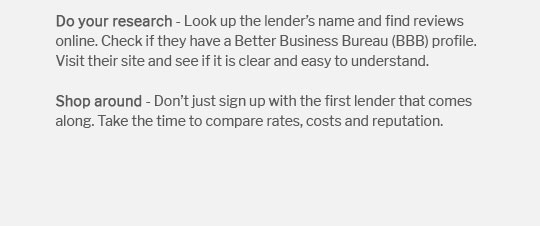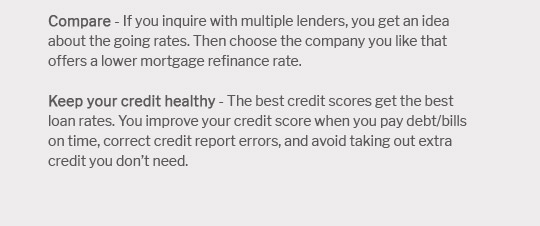 |
|||
 |
 |
 |
 |
|
|---|---|---|
 |
 |
|
 |
 |
|
 |
 |
|
 |
 |
 |
 |
Exploring the FHA 203k Loan in Maryland: A Comprehensive AnalysisIn the vibrant and diverse state of Maryland, where historic charm meets modern innovation, the housing market presents both opportunities and challenges. For potential homeowners, navigating this landscape often involves considering various financing options, among which the FHA 203k loan stands out as a particularly intriguing choice. This government-backed loan program, designed to facilitate the purchase and renovation of homes, offers a unique blend of benefits and potential drawbacks. Let's delve into what makes the FHA 203k loan a noteworthy option for Maryland homebuyers, while also examining the potential pitfalls one should be aware of. The FHA 203k loan, administered by the Federal Housing Administration, allows borrowers to finance both the purchase of a property and the cost of its rehabilitation through a single mortgage. This dual-purpose loan can be a game-changer in areas like Maryland, where many homes boast historic architecture but require significant updates to meet modern living standards. With its ability to streamline the financing process, the 203k loan can make otherwise daunting renovation projects more accessible to average buyers. Pros of the FHA 203k Loan in Maryland
Cons of the FHA 203k Loan in Maryland
In conclusion, the FHA 203k loan offers a compelling option for Maryland residents looking to buy and renovate homes. Its ability to cover both purchase and renovation costs with a low down payment can be particularly attractive in a state with diverse housing needs. However, potential borrowers should be mindful of the complexities involved and weigh the benefits against potential drawbacks such as higher interest rates and stringent approval processes. Ultimately, whether the FHA 203k loan is the right fit depends on one's individual circumstances and goals, making it essential to approach this financing option with a clear understanding of both its promises and its limitations. https://www.marylandlending.com/203k-rehab-loan
The 203K rehab Maryland home loan financing is a Government loan, insured by the FHA home loan program. This program is available to most US Citizen. https://mmp.maryland.gov/Lenders/Documents/FactSheets/FHA-Limited-203k-Loans.pdf
DPA is available with each MMP FHA loan type that includes MMP down payment assistance (not available with Direct products.) MAXIMUM LOAN TO. https://www.securedfundingcorporation.com/maryland-fha203k-purchase/
An FHA 203k loan in Maryland could cover expenses such as a kitchen cabinets, major appliances, bathroom tubs and toilets, drywall etc.
|
|---|